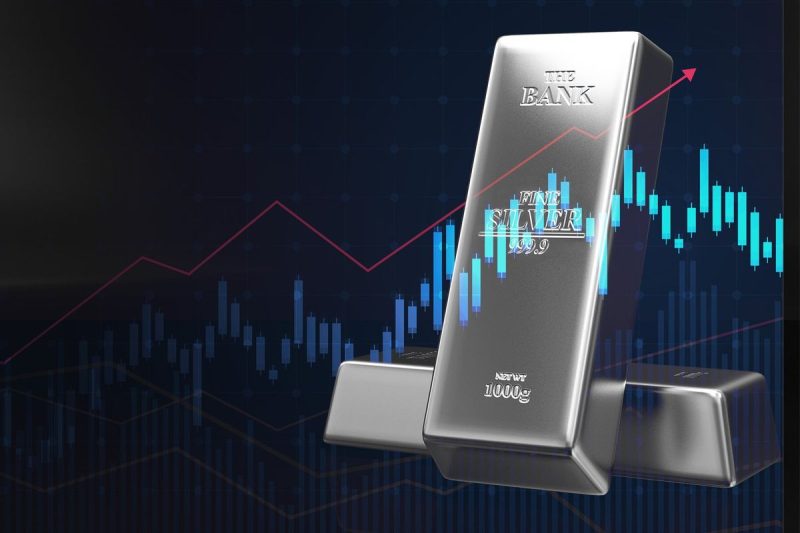
Silver Bullion: The Smart Investment Choice for 2024 – Find Out Why!
In recent years, the investment world has been abuzz with talk of precious metals, particularly silver bullion. Many investors are drawn to the allure of silver bullion as a tangible asset that can provide a safe haven in times of economic uncertainty. However, the decision of whether or not to invest in silver bullion is not one to be taken lightly. In this article, we will delve into the pros and cons of investing in silver bullion to help you make an informed decision.
Pros of Investing in Silver Bullion
1. Portfolio Diversification: Silver bullion offers investors a way to diversify their investment portfolios beyond traditional stocks and bonds. The value of silver has historically demonstrated a low correlation with other asset classes, making it a valuable addition to a well-rounded investment portfolio.
2. Inflation Hedge: Silver has long been viewed as a hedge against inflation. When inflation rates rise, the value of fiat currencies tends to decrease, but the value of precious metals like silver often increases. By investing in silver bullion, you can protect your purchasing power and preserve the value of your assets in times of inflation.
3. Store of Value: Silver has been recognized as a store of value for thousands of years. Unlike paper currencies that can lose value over time due to inflation or economic instability, silver bullion retains its intrinsic value. This makes silver a reliable long-term investment option for those looking to preserve their wealth.
4. Demand Outstripping Supply: The demand for silver continues to outstrip supply, creating a favorable market environment for investors. As industries such as technology, healthcare, and renewable energy increasingly rely on silver for various applications, the price of silver is expected to rise over the long term, providing potential upside for investors.
Cons of Investing in Silver Bullion
1. Volatility: Like all commodities, the price of silver can be highly volatile. Fluctuations in global economic conditions, geopolitical events, and market sentiment can lead to rapid price swings in the silver market. Investors with a low risk tolerance may find it challenging to stomach the ups and downs of silver bullion prices.
2. Storage and Security Concerns: Unlike stocks and bonds that can be held in a digital account, physical silver bullion requires proper storage and security measures. Investors must safeguard their silver holdings against theft, damage, or loss, which can incur additional costs and logistical challenges.
3. Liquidity Issues: Selling physical silver bullion can be less liquid compared to selling stocks or exchange-traded funds (ETFs) on the open market. Finding a buyer for large quantities of silver bullion may take time and effort, potentially leading to delays in converting silver holdings into cash.
4. Counterparty Risk: Investing in silver bullion exposes investors to counterparty risk, especially when dealing with unscrupulous or unreliable sellers. To mitigate this risk, investors should conduct thorough due diligence on bullion dealers and ensure that their silver purchases are genuine and of high quality.
In conclusion, investing in silver bullion can be a rewarding venture for those willing to navigate the unique opportunities and challenges of the precious metals market. By carefully weighing the pros and cons outlined in this article and conducting thorough research, you can make an informed decision on whether silver bullion aligns with your investment objectives and risk tolerance. Remember to consult with financial advisors or precious metals experts to receive personalized guidance tailored to your individual circumstances and goals.
